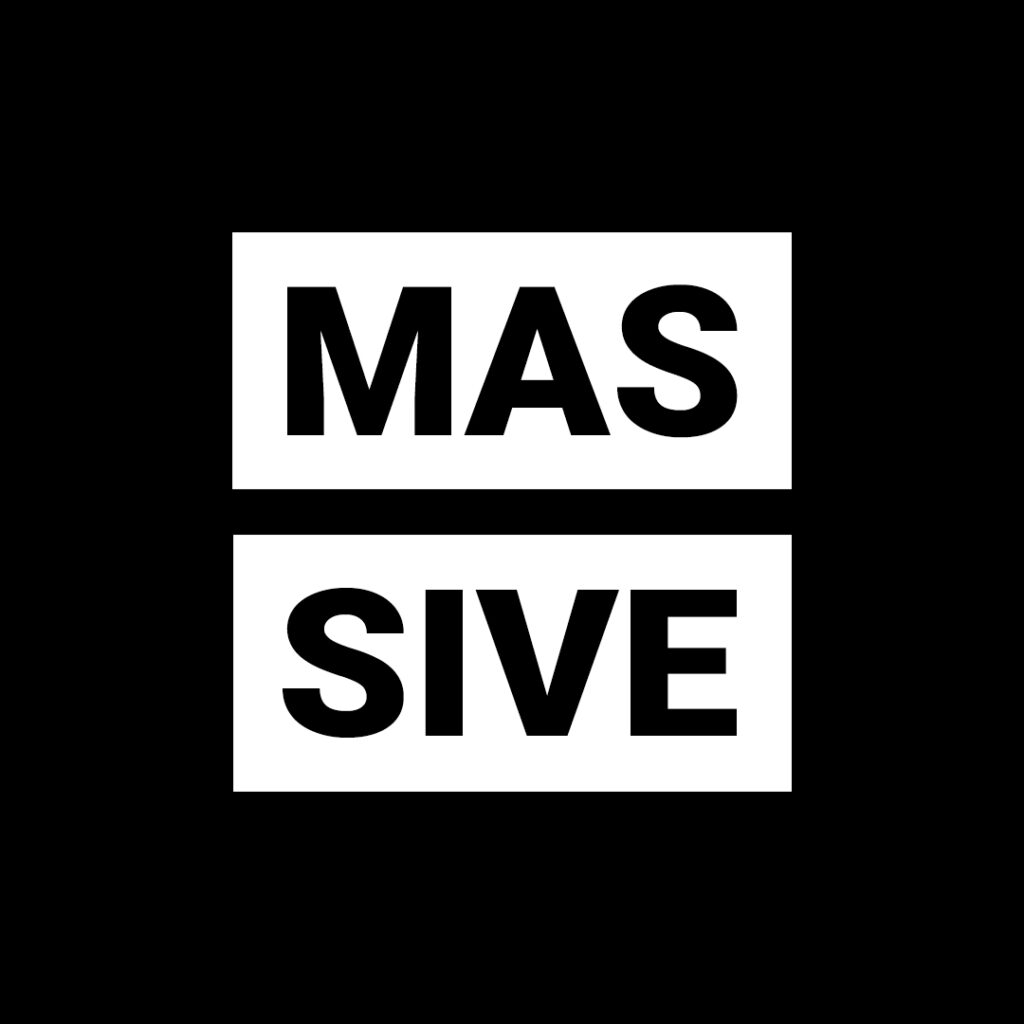“Are you sure that’s what you want to do? That career won’t make money!” If you’re one of the people who didn’t get told this, then consider yourself lucky. For those of us who’ve heard this, sometimes repeatedly, then your passion or career probably falls in the creative economy. And standardized pay is a pipe dream for most creative professionals out here.
That being said, it’s not that the career you want doesn’t make money, it’s that the Jamaican economy doesn’t value creative careers enough to compensate them for what they are worth. In our culture, we have a large number of cases of companies, brands, and businesses offering creatives ‘exposure’ in return for their hard work. It’s as though everyone regards creativity as a side hobby or hustle instead of a full career like medicine or law. This view of the orange economy is flawed.
The creative economy drives the global economy
Because the nature of the economy is creative, it’s true definition is hard to pinpoint. It is loosely defined by Rasmussen University’s article titled ‘What is the Creative Economy’, as an “economic sector that blurs the lines between industries as it sits ‘at the crossroads of arts, culture, business and technology.’”
In the United States, where comprehensive studies on the impact of the creative economy have been conducted, this aspect of the economy accounted for about 4.9 million jobs across the country in 2015, and has grown tremendously since then. By around 2011, the global orange economy would have reached a value of $4.3 trillion USD.
According to The Orange Economy by Felipe Buitrago Restrepo and Iván Duque Márquez, this $4.3 trillion value is about 20% larger than the German economy or two and a half times the world military expenditures. If this was a value formulated in 2011, and the world has moved so much further into digitalization and social media, then the value of the creative economy in 2021 would be staggering to comprehend. So, in terms of numbers, that’s what’s up.
The cost of creative expertise and standardized pay for creatives should be a thing
Because the creative economy is so diverse, the cost of expertise in a creative field varies widely. Experienced graphic designers can charge $10,000 for a logo design, while others can charge up to $1 million. According to the Current Animation Wages for 2018-2021 provided by the Animation Guild of the USA, an Assistant Animator can earn up to US$44.00/hour.
Because the arts – like film, animation, digital art and music – make up such a massive aspect of our world, the creative economy is an area that demands time, painstaking effort, and lots of expertise. We mindlessly consume all this content without thought for what goes into it.
Implementing standardized rates of compensation according to category and expertise is one way to formalize the sub-economy’s contribution to Jamaica’s larger economy. The presence of standardized compensation, and by extension a legal structure that will ensure the protection of our artists, we can bypass the haggling system that has developed in our country, whereby companies that earn millions of dollars in revenue, and smaller businesses and people alike, have bullied our artists into accepting less than what their work and time and expertise are worth by convincing them that their work is not worth that amount.
The reality is that artists in Jamaica are undercharging, compared to other economies around the world, and are still having to face the toxic, demoralizing haggling system that has somehow managed to survive in our country in 2021. This needs to change, and standardization with proper representation is the way to begin this change.
What happens if we don’t value our creatives? Creative Drain
We are all familiar with the term ‘brain drain’. According to Wikipedia, it’s “the emigration of highly trained or intelligent people from a particular country.”
Jamaica has the second highest rate of brain drain in the world, reported at a staggering 85% in 2013 by The Gleaner, second only to Guyana with a rate of 89%. You can blame this on the nepotistic and underpaying job force that Jamaica has nurtured and cultivated year by year which forces graduates to leave and seek their fortune elsewhere.
Similarly, I have recently become aware that many creatives, who are still living in Jamaica, particularly those who are still pursuing their university degrees, plan to migrate as soon as they get the chance. Those I’ve observed that are comfortable here, often share their experiences working with local companies and organizations as being hard and discouraging.
Still another subset have and are planning to resort to remote international work via freelancing, and as a creative, I wish us all the best of luck. If Jamaica refuses to compensate us fairly for our skills and misses its chance to tap into the international Orange Economy, we’ll go where we’re compensated.
Then it won’t just be our STEM graduates and skilled workers leaving, it’ll be STEAM. Arts will join the drain too.





